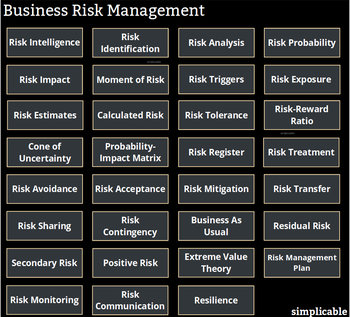
Safety vs Schedule
Err on the side of caution suggests it is better to risk a schedule delay that a safety issue. For example, a firm with a safety culture may give all employees the right to delay a production line to address a safety problem. It would be contrary to this principle to punish employees for being too cautious about safety. The only possible exception would be cases of malicious compliance.Quality vs Cost
Err on the side of caution can be used as a quality principle to guide decisions where there is a trade-off between quality and cost. For example, a headphone designer may include steel components if there is any doubt about the durability of cheaper plastic parts.Benefits vs Risk
The principle of err on the side of caution can also be used to balance benefits and risks. For example, a new food coloring may have benefits such as improving customer perceptions of quality. Err on the side of caution requires that risks to health be ruled out before using the chemical in food.Notes
The alternative spelling "error on the side of caution" is technically incorrect as the correct word is err. Nevertheless, this is an increasingly common spelling that may be gaining acceptance.| Overview: Err On The Side Of Caution | ||
Type | ||
Definition | A risk management principle that states it is better to be too cautious than too aggressive. | |
Also Known As | Error on the side of caution | |
Related Concepts | ||



























